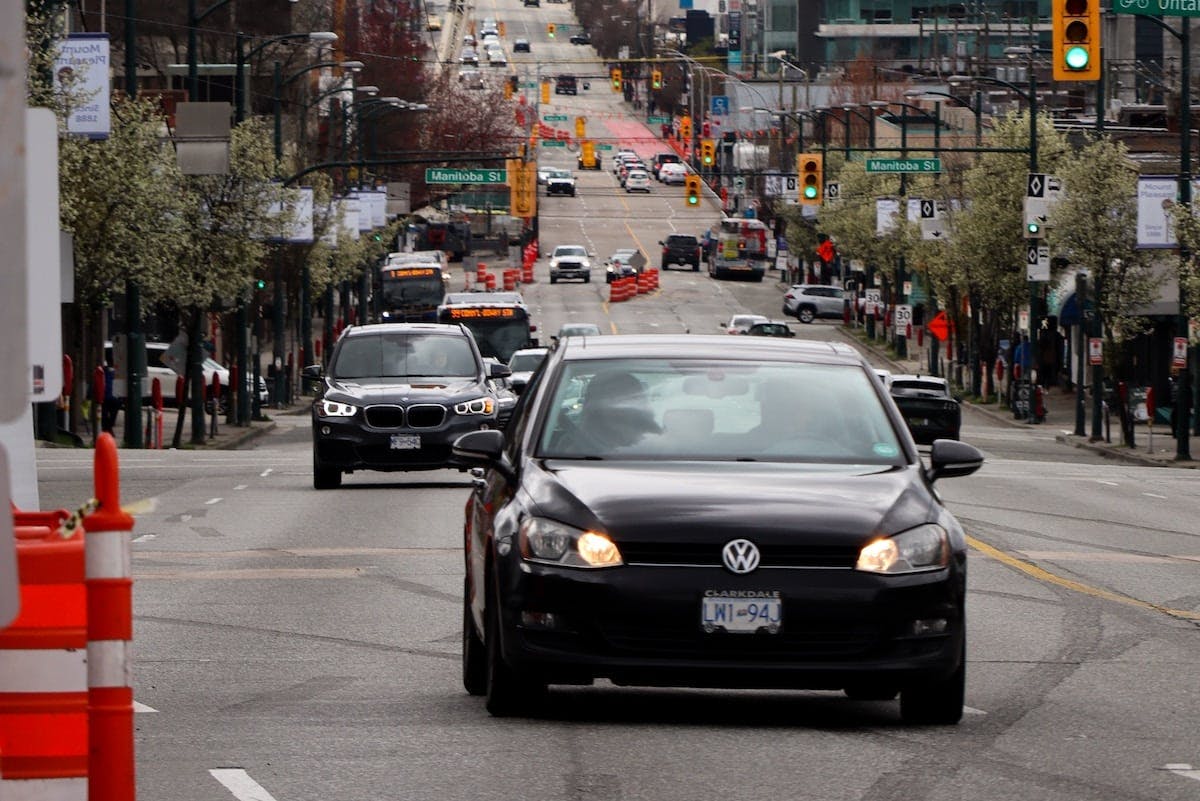The Ultimate Guide to Car Seat Rules and Regulations in BC
By Yuri Sychov | Published on 06 Jun 2023

Ensuring your child’s safety on the road should be of utmost importance, and understanding British Columbia’s (BC’s) regulations regarding car seats is a key part of that. Unfortunately, about 1,300 children under the age of 9 are injured in car accidents each year in BC. Car seats and booster seats increase the safety of your child, and not following car seat rules in BC may result in fines, higher car insurance premiums, and expose your child to danger. In this article, you will find everything you need to know about car seat laws in BC as well as recommendations on how to transition through different car seat stages to keep your child safe.
What Legal Documents Regulate Car Seat Rules in BC?
In British Columbia, Canada, the rules and regulations pertaining to car seats are outlined by the BC Motor Vehicle Act. According to section 36.03 of the Motor Vehicle Act, drivers must ensure that children are “securely fastened in a designated seating position in the vehicle.”. This means that you, as a driver, must be aware of car seat rules in BC, as you bear full legal responsibility for your children. All children under the age of 9 must use a restraint system in BC.
Interestingly, car seat rules in BC are more detailed and precise compared to car rules in other provinces, such as Manitoba and Quebec. Different car seat stages have a specific age, height, and weight requirements. So let’s take a look at different car seat stages and legal requirements you must follow in BC.
Legal Requirements For Different Car Seat Stages in BC
Before discussing car seat laws in BC, you should understand the main safety principle behind the transition through different car seat stages. As your child grows, you will need to switch from a rear-facing car seat to a forward-facing car seat and then to a booster seat. Transition to the next stage only when your child no longer meets your car seat’s weight and height manufacturer’s specifications. This will guarantee the best safety for your child.
Rear-facing seats
The Motor Vehicle Act s.36.04 states that infants must remain in a rear-facing child safety seat until they turn one or reach a weight of 9kg. and more. While you can transition to a forward-facing car seat after that, it is better to use a rear-facing seat for as long as possible. In some cases, they can be used until your child is 4 or 5 years of age. When buying a car seat make sure that the harness straps fit tightly against the child. You should not be able to pinch any extra material on the shoulder straps.
Forward-facing seats
Once your child has outgrown their rear-facing seat, it’s time to transition them into a forward-facing one. Section 36.05 of The Motor Vehicle Act, children older than one year and weighing from 9kg. up to 18kg. must be fastened in forward-facing seats. Many forward-facing seats have weight limits beyond 18kg., so you should continue using them until your child’s weight exceeds the limit.
Booster seats
Once kids outgrow a forward-facing seat, it’s time to move them up to a booster seat. In British Columbia, children must use this type of seating until they’re at least 145cm. tall. If there is no upper torso restraint seat belt assembly in your car, then your child must be fastened with a seat belt assembly with a pelvic restraint without a booster seat.
Here is a table for your convenience to better understand when you must use rear-facing, forward-facing, and booster seats.
| Car Seat Stage | Legal Requirements |
| Rear-facing car seat | A child is younger than 1 year and weighs less than 9kg |
| Forward-facing car seat | A child is older than 1 year and weighs less than 18kg |
| Booster Seat | A child is older than 1 year and younger than 9 years, weighs more than 18kg, and is shorter than 145cm. |
Remember, the back seat is the safest place for children. Children 12 and under should always ride in the back seat. It’s crucial to follow the manufacturer’s instructions when installing car seats and booster seats. Incorrect installation can lead to ineffective restraint of the child in the event of a crash. Choosing the best car seat for your child, properly installing it, and correctly securing him or her is essential for their safety. Don’t forget to take your car seat with you while traveling in a taxi or a rental car, as these vehicles often do not provide the necessary safety equipment. A car seat travel bag can make it easier to bring your car seat with you on trips.
Penalties for Non-Compliance With Car Seat Rules in BC
Non-compliance with British Columbia’s child car seat regulations can have serious consequences. These laws are designed to protect children while in transit, so those found not using the appropriate seats or not securing them properly face a fine of C$167. Plus, your insurance may not cover any damages or injuries resulting from an accident if you are found to be in violation of the law. Your insurance premiums could also go up if you don’t follow BC traffic rules and regulations.
